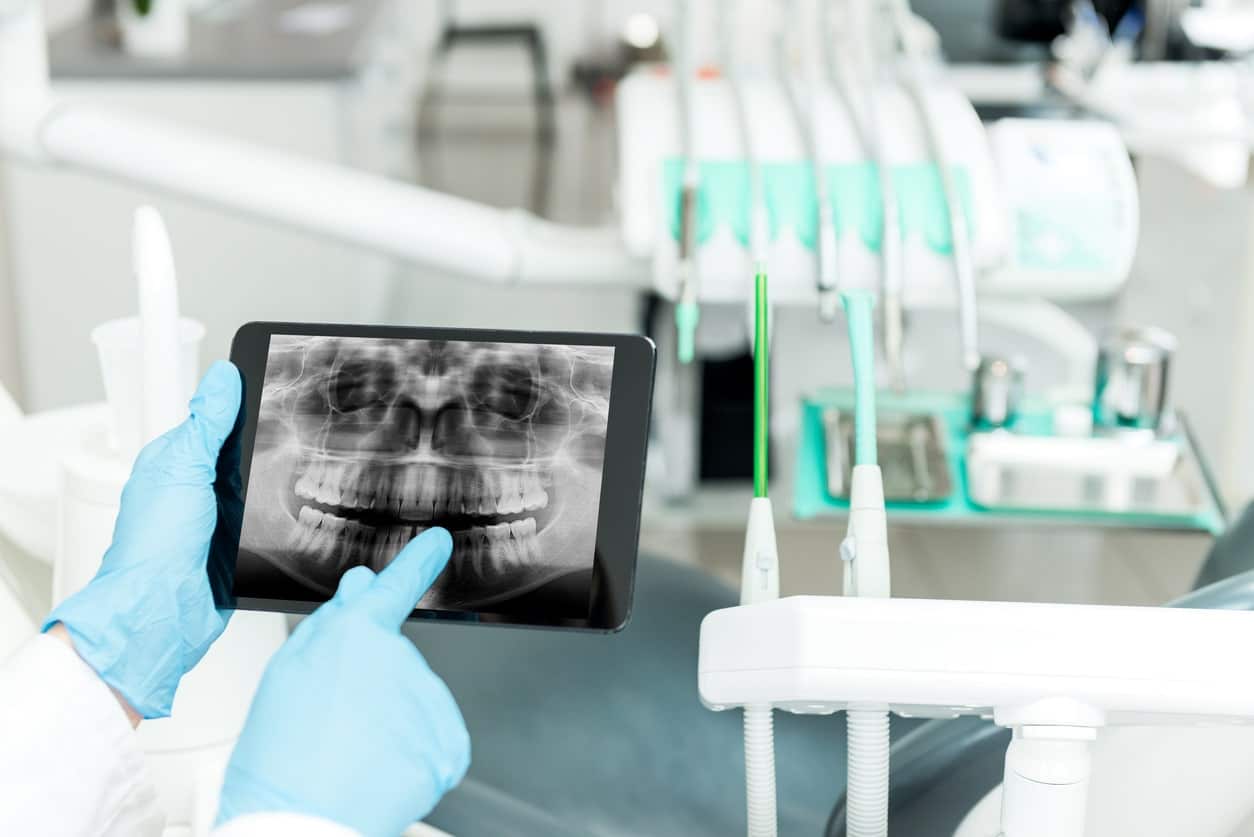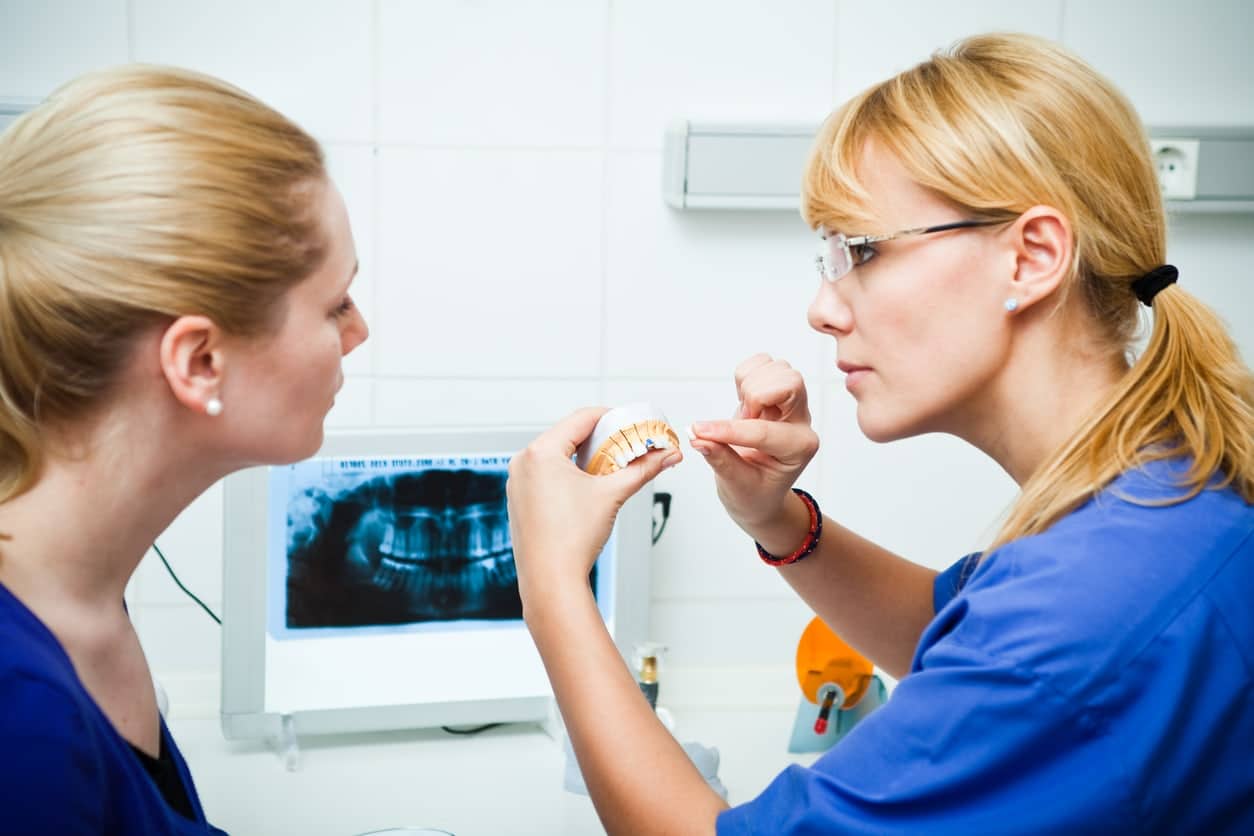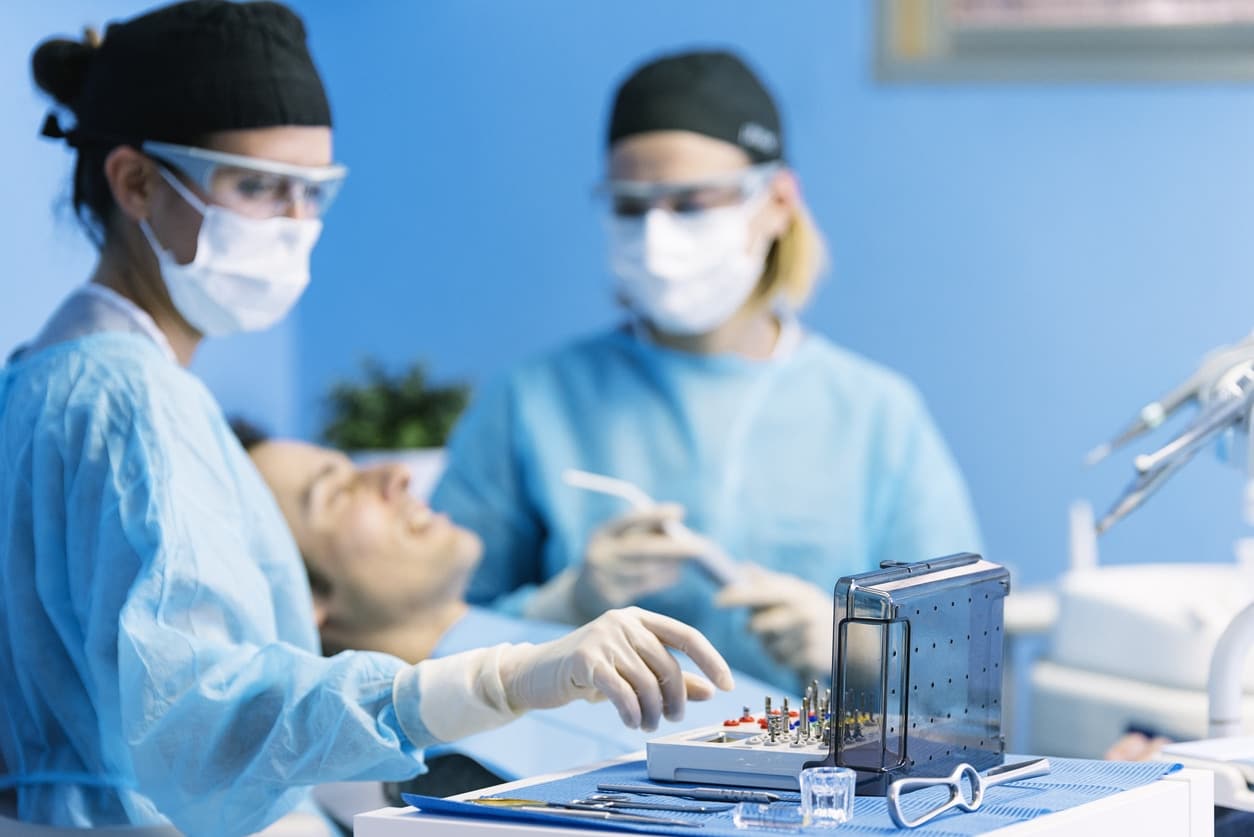 It is no secret that dental implants are beginning to gain rapid popularity. Not only are they an excellent tooth replacement option, but they are also strong, durable and convenient.
If you have been considering your options for dental implants, then you may have searched whether or not they would work for you. While bone grafts are mainly made for candidates with insufficient jawbone density, the process of grafting allows any patient to be a more suitable candidate for dental implants.
It is no secret that dental implants are beginning to gain rapid popularity. Not only are they an excellent tooth replacement option, but they are also strong, durable and convenient.
If you have been considering your options for dental implants, then you may have searched whether or not they would work for you. While bone grafts are mainly made for candidates with insufficient jawbone density, the process of grafting allows any patient to be a more suitable candidate for dental implants.
What Is Bone Grafting?
 Before installing dental implants, there are times when dentists need to “augment” the jawbone. To do this, a graft is placed where the implant needs to be. This causes the bone to possess the strength and thickness needed to withstand any chewing that implants need to bear. The process of this procedure is commonly known as bone grafting.
Before installing dental implants, there are times when dentists need to “augment” the jawbone. To do this, a graft is placed where the implant needs to be. This causes the bone to possess the strength and thickness needed to withstand any chewing that implants need to bear. The process of this procedure is commonly known as bone grafting.
What Is Used For This Procedure?
 A bone graft can be made from artificial sources as well as natural sources, such as bovine and porcine. Here are the ways that an oral surgeon can prepare a bone graft:
A bone graft can be made from artificial sources as well as natural sources, such as bovine and porcine. Here are the ways that an oral surgeon can prepare a bone graft:
- Allograft: Bone that is purified from a cadaver or deceased donor
- Synthetic: Bone crafted in a lab using natural substances
- Autologous: Bone that is gathered from the patient’s body. This can come from your hips, wrist, pelvis, ribs, and more.
Why Is Bone Grafting Performed?
There are several reasons why bone grafting is performed on patients, such as:- Injury and disease prevention
- To fix complex fractures: A bone graft can be used in a case where there are multiple fractures that fail to heal effectively after one treatment
- Regeneration: It can be used to replace any bone that has been lost from an infection, injury or disease. This can be done by using small amounts of bone in bone cavities.
- Help heal implants: Bone grafts can help your bone heal after having implants using plates, screws or replacements.
Who Needs Bone Grafting?
If you have an insufficient quality of jawbone or thickness to properly support a dental implant, you may require bone grafting. Here are two reasons one might have insufficient quality of jawbone:- Tumor Irradiation: The process of irradiation treatment for an oral tumour can often weaken the jawbone.
- Aging: As you age, the quantity and quality of bones tend to gradually decrease.
- Inflammation: Degenerative disease or inflammation can damage the jaw bone
Are There Risks?
 While our experts carry an incredible amount of expertise, there are still risks involved in any procedure. It is important to be aware of these risks before considering bone grafts.
Reactions to anaesthesia, bleeding, and infections are risks for almost all surgical procedures. However, bone grafts carry additional risks that include:
While our experts carry an incredible amount of expertise, there are still risks involved in any procedure. It is important to be aware of these risks before considering bone grafts.
Reactions to anaesthesia, bleeding, and infections are risks for almost all surgical procedures. However, bone grafts carry additional risks that include:
- Inflammation
- Rejection of the bone graft
- Nerve injury
- Pain and swelling
- Reabsorption of the graft
What Is Involved In The Procedure?
 The procedure is fairly simple and nothing to sweat about! It’s done quite often, and we can assure you that it always goes smoothly. Our dentists will decide based on your oral history and your jaw placement which type of graft will be used. You will be given a general anaesthesia, which will ensure you’re sleeping throughout the procedure.
An incision will be made in the skin above where the graft is needed. The bone will then be shaped to precisely fit the area and will be held in place using:
The procedure is fairly simple and nothing to sweat about! It’s done quite often, and we can assure you that it always goes smoothly. Our dentists will decide based on your oral history and your jaw placement which type of graft will be used. You will be given a general anaesthesia, which will ensure you’re sleeping throughout the procedure.
An incision will be made in the skin above where the graft is needed. The bone will then be shaped to precisely fit the area and will be held in place using:
- Cables
- Screws
- Wires
- Plates
- Pins